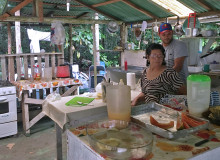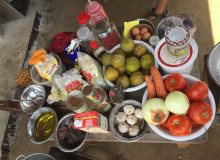Agriculture

Our first stop in Nebraska is in Lincoln: NET Nebraska, the headquarters for the state's network of public radio and television stations. Here the group met with experienced storytellers to learn more about environmental challenges that have been covered and the people the reporters met. From left: Dan Reed, Chad Davis, Eleanor Hasenbeck, Ilana Creinin, Laura Waxman, Topanga McBride, Diana Marcum, Laura Whaling, Will Lennon, Sydney Greene, Zack Smith and Kim Ossi.
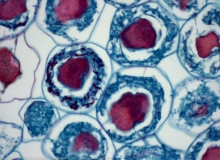
Arbuscular mycorrhizal fungi live in symbiosis with plant roots and are able to store up to 70 percent of organic carbon from leaf litter. (Mark Perkins/Flickr)
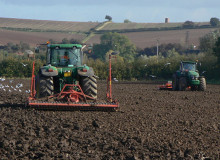
Tilling loosens soil to enable roots to sprout more easily, however it also exposes pockets of 'uneaten' carbon to hungry microbes. (Allan Murray-Rust/Wikimedia)
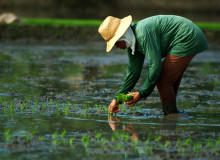
A farmer works to transplant rice. (International Rice Research Institute)



